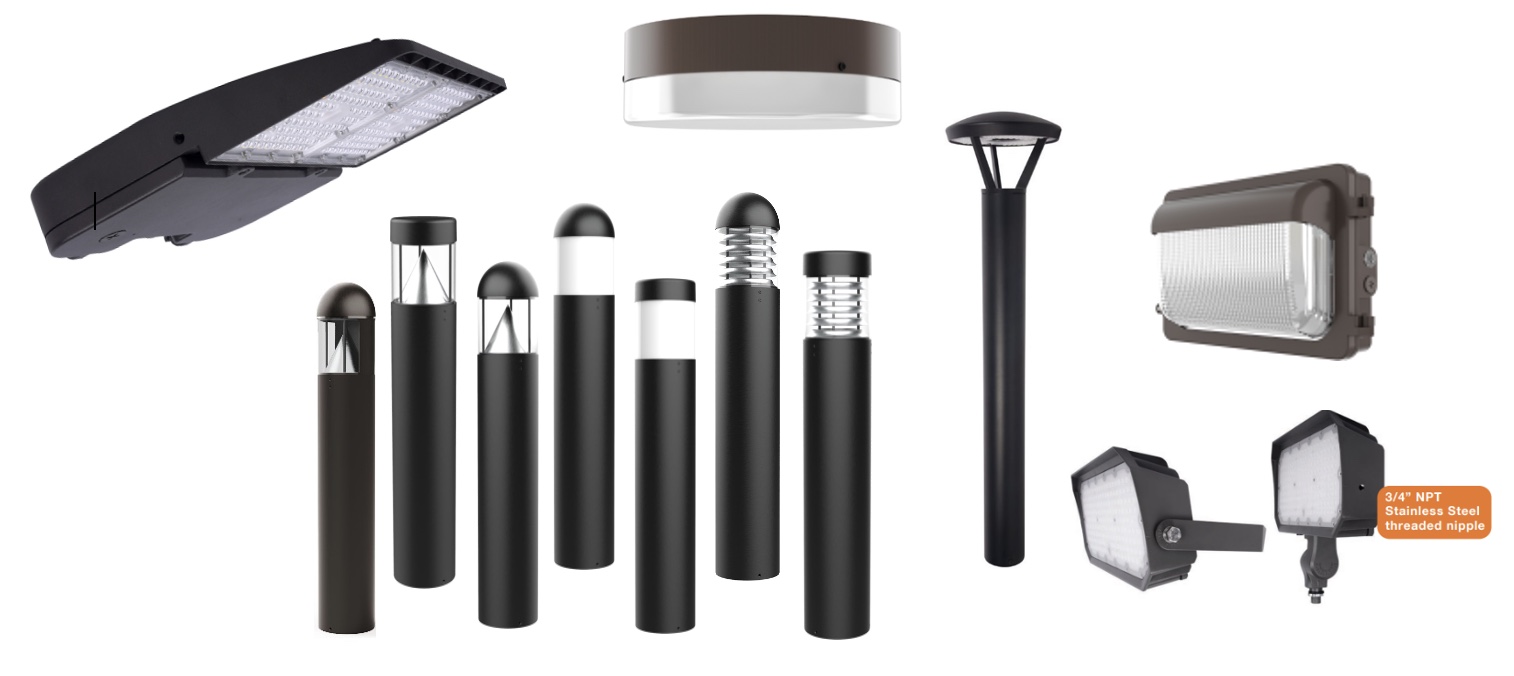Blog
Isolated & Non-Isolated LED Driver Explained
LED drivers are an important part of industrial lighting fixtures, which greatly affects the lifespan and quality of the fixtures. In the field of LED commercial and industrial lighting, there are mainly two forms of drivers that are commonly used: isolated driver and non-isolated driver. Before we dive into details, let us first understand the concept of isolated power supply and the main characteristics of isolated and non-isolated power.
What is the difference between isolated vs non-isolated LED drivers?
An isolated power supply is an LED driver that is electrically isolated from the input power source and the output DC current to the LED board. There is no direct connection between the input (line from building) and output to the LED board. This is achieved using an isolated transformer that separates input and output. Isolated LED drivers are generally safer as they operate at lower output and much narrower voltage range. A 150W commercial LED fixture is typically 36-56V DC. They are also more protected from surge and power spikes extending their life span and the life span of the LED light.

A non-isolated LED driver is an LED driver that is not electrically isolated from the input power source or the load. Non-isolated LED drivers are simpler and less expensive than isolated LED drivers, but they do not provide the same level of safety or reliability. They can operate in a wide range of voltages from just a few volts in a simple LED bulb or solar light to 200V DC in a 150W commercial LED fixture.

Main Differences of these two types of drivers:
In general, non-isolated LED drivers are more efficient compared to isolated drivers. However, the difference is not much. This led to two major differences, which are Safety and Cost.
1. Isolated drivers are safer compared to non-isolated drivers. This is referring to the risk of electric shock. The high voltage at the input of the isolated driver and the low voltage at the work area are separated, so there is no risk of electric shock; While the high voltage of the input terminal of the non-isolated voltage is directly transmitted to the working area terminal, and there is no transformer to convert to low voltage. Therefore, the risk of electric shock for the latter one is higher than the isolated one.
2. Isolated LED drivers cost more compared to non-isolated drivers. It is due to the isolation transformer or other isolation technique used in isolated LED drivers that adds complexity and cost to the driver. Additionally, the manufacturing processes for isolated LED drivers may be more expensive, as they require higher levels of quality control to ensure the electrical isolation is maintained. The circuit structure used by the isolated driver is an AC/DC flyback circuit scheme, which can realize multiple outputs, more complicated and the cost is higher; on the other hand, non-isolated type basically uses a DC/DC boost or step-down buck circuit, which relatively simple and cost less.
All in all, isolated drivers are safer but cost a little more, while non-isolated drivers are less safe and cheaper but have higher efficiency.
Below are some of NaturaLED Commercial fixtures with isolated drivers. For more info, please contact your sales representative


